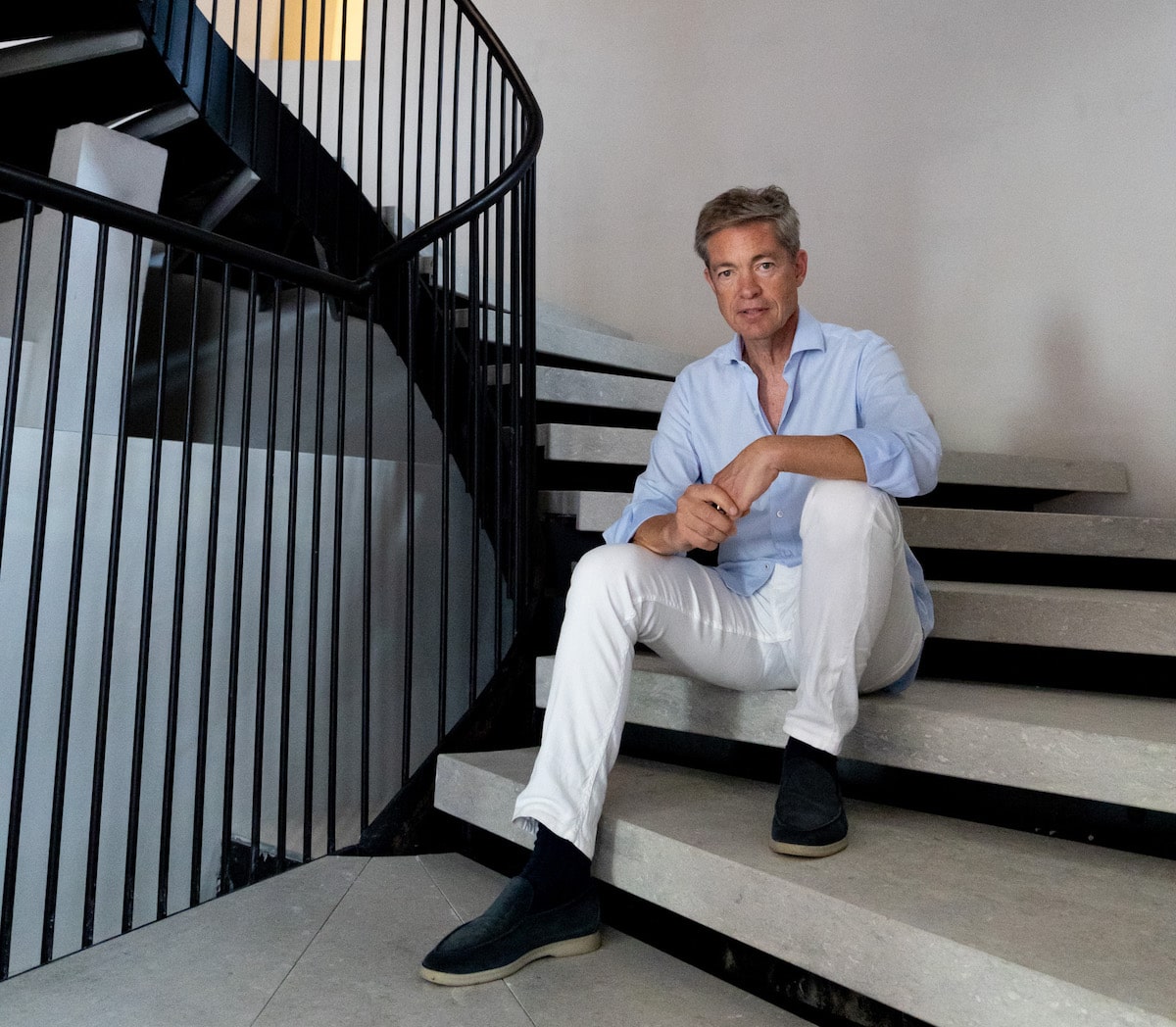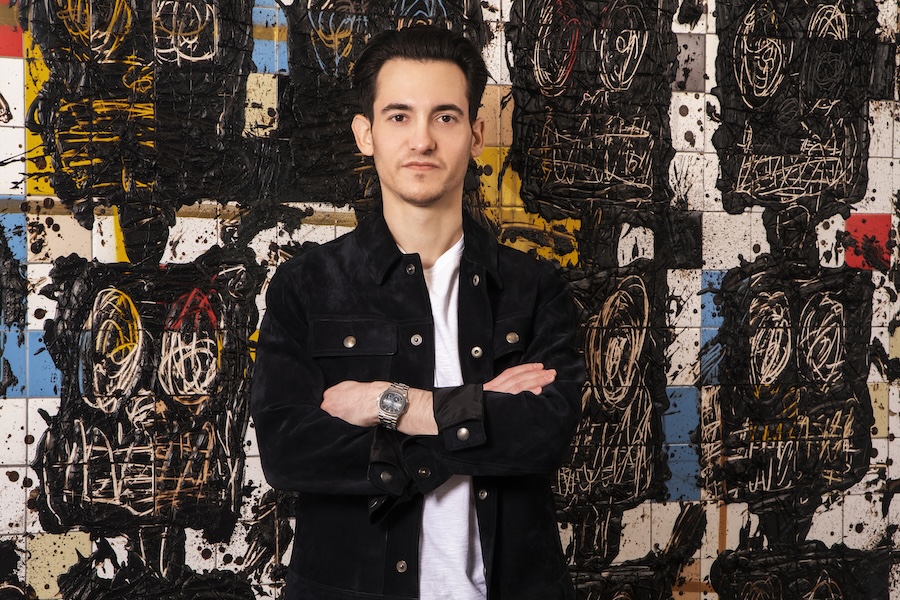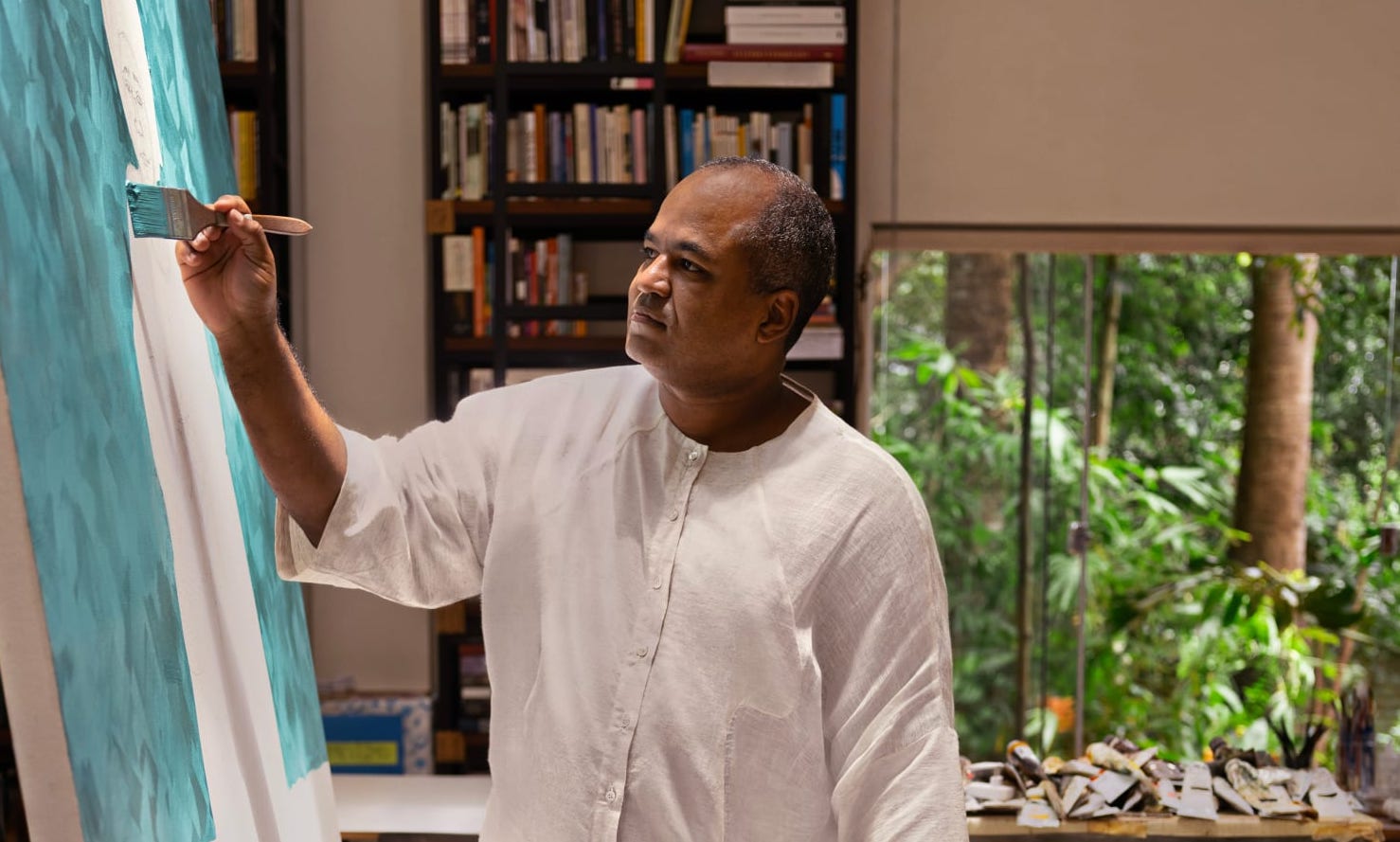Independent Curators International recently awarded Jay Sanders the Independent Vision Curatorial Award along with Nav Haq of the Het Museum van Hedendaagse Kunst in Antwerp. Before receiving the award, Sanders launched into curatorial startdom when he co-curated the Whitney biennial with Elisabeth Sussman, Curator and Sondra Gilman Curator of Photography at the Whitney Museum of American Art. One of the highlights of the biennial included converting the fourth floor into a performance space for artists such as dancer and choreographer Sarah Michelson, playwright and theater director Richard Maxwell, along with bands like The Red Krayola and artist K8 Hardy’s fashion show.
We discussed with Sanders the award and his recent appointment as the first curator of performance art at the Whitney Museum of American Art.
WHITEWALL: Congratulations on the ICI Independent Vision Curatorial Award. You must have been very pleased to be chosen along with Nav Haq from the list of stellar nominees.
JAY SANDERS: Yes, it’s a real honor, and I’m very grateful to ICI, Hans Ulrich Obrist, and to the committee who nominated all these fantastic curators.
WW: About your work, Obrist was quoted saying that you “stay close to artists, gaining a strong understanding of an artist’s body of work—both emerging and overlooked—so that ultimately audiences can know an artist deeper.” Would you say that this is a key element to your practice?
JS: That was very kind of him to say. I do feel very connected to artists and their practices. Of course I’m always in search of something that will change the way I see and understand the world, and that happens with great art.
WW: How does your approach differ from curators who specialize in less traditional areas such as performing arts?
JS: Oh, I don’t know. I wouldn’t want to speculate on anyone’s approach. I’m really lead by my fascinations a lot of the time. Art that surprises me or causes me to rethink what art can do and how it can reconfigure our reality. I really believe that art can still offer us visions and reflections that we can’t get anywhere else.
WW: What would you say are the greatest challenges for a performing arts curator?
JS: One great challenge during the last Whitney Biennial was definitely making the most of the building—its unique spaces and its audience’s expectations. I think it’s important that the performing arts, as they exist in museums, bring their own contexts, histories, and conventions with them. The museum can provide a broad platform, and new audiences, but it’s key that the internal specifics of performing artists’ work, in theatre, dance, poetry, and music can be understood and appreciated within their own mediums and histories. I trust that artists often know how to specifically address and work within different contexts, so it’s often very exciting to see the innovations they make.
I think another important challenge is for museums to be highly self-aware of their participation in their local culture. In New York for example, as real estate values have a strong impact on the kinds of independent performing arts venues that can support themselves, the museum can redefine itself in thoughtful ways to support the amazing ephemeral work that at times falls between the cracks. I think developing a real culture of support and innovative presentation is key, and that’s always been a hallmark of the Whitney and a legacy that will continue.
WW: I was fortunate enough to see Sarah Michelson’s choreographed performance at the Whitney Biennial. The transformation of the museum’s fourth floor was a fantastic way to engage the public during such a large event. Is there any chance we’ll be seeing more of this way of thinking in the Whitney’s new space?
JS: Oh definitely. The Whitney has a great vision for its future, and performance can play a real role in that.
WW: Do you have any ideas for a new project to be funded by the award money?
JS: Yes quite a few. There’s a book project I’ve been wanting to do for a long time, and this can really help get that moving.
From 2005 to 2010, Jay Sanders was a gallery director at Greene Naftali in New York where he organized solo exhibitions of work by Tony Conrad, Paul Sharits, and Guy de Cointet. From 2000 to 2005, he was director at the Marianne Boesky gallery.











